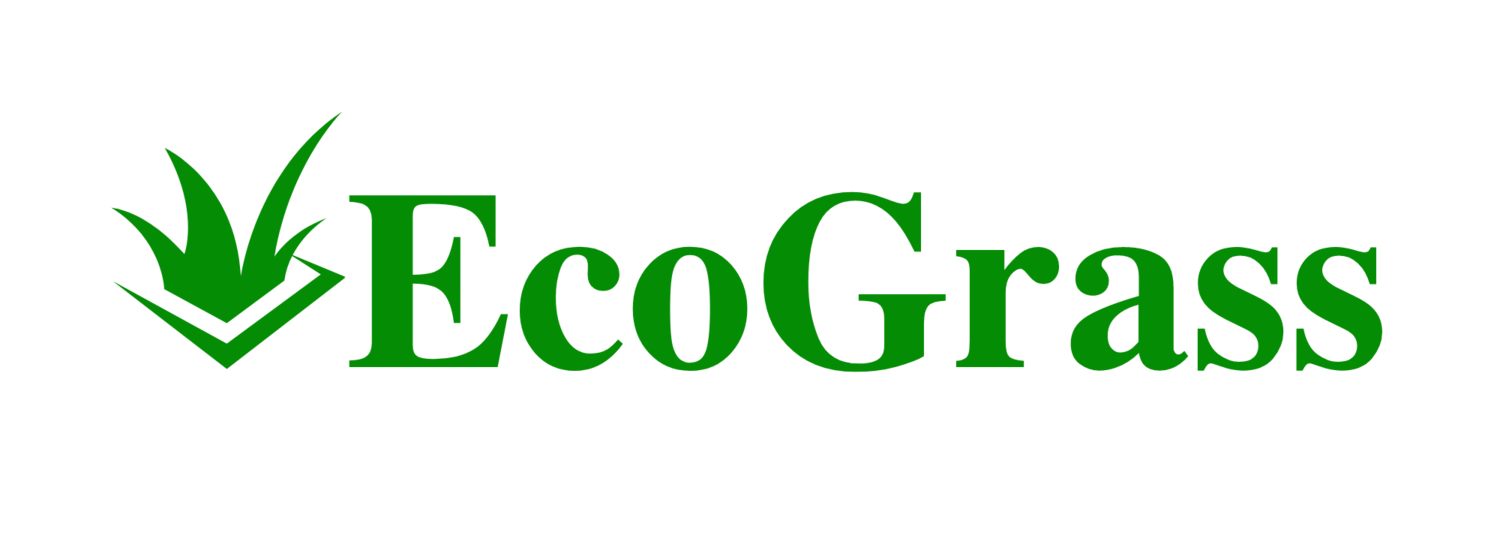When you install artificial grass, you're investing in a low-maintenance, evergreen lawn that neatly sidesteps many of the challenges of growing and mowing natural turf. Nevertheless, one aspect where artificial grass parallels its natural counterpart is the need for effective water drainage. It's essential for maintaining the longevity and performance of your artificial turf. Proper drainage prevents water from pooling on the surface, which can lead to not only a soggy garden but also provides a breeding ground for bacteria and encourages weed growth.
Understanding the drainage system of artificial grass is crucial. It typically consists of a series of holes punctured in the backing material of the turf. These holes are strategically placed to allow water to pass through the turf into a sub-base and then drain away into the water table or connect to existing drainage. This is a straightforward and efficient system, ensuring that rainwater disperses quickly and doesn't linger on your lawn.
Your artificial grass's performance, specifically in terms of drainage, hinges on the quality of its sub-base and the correct installation of the drainage system. Factors such as the type of infill used, the permeability of the backing material, and the local climate conditions all influence your artificial lawn's drainage efficacy. Ensuring that these elements are well matched to your specific requirements will safeguard the functionality and appearance of your artificial turf for years to come.
Understanding Artificial Grass Drainage
When you install artificial grass, drainage is a key element to ensure your lawn remains in top condition, especially during rainfall. A well-designed drainage system allows water to flow through the artificial turf quickly and efficiently, preventing puddling and waterlogging.
Permeability is integral to the functionality of an artificial grass system. Your turf should have drainage holes spaced throughout the backing, allowing rainwater to pass through easily. These holes typically have a spacing of every 4 to 6 inches to ensure adequate water flow.
The sub-base plays a crucial role in drainage. It is constructed beneath the turf, consisting of layers like crushed rock or gravel. This creates a permeable base that supports water drainage towards the soil underneath or the connected drainage system. The choice of permeable materials for the base layer is essential in facilitating effective water displacement.
To build an effective drainage system, consider the following steps:
Evaluate Existing Soil: Check the water permeability of your current soil.
Choose the Right Materials: Use permeable materials like crushed rock for the base layer.
Install Drainage Solutions: If natural soil doesn't drain well, incorporate a tailored drainage solution.
Remember, a proper drainage system is vital to prevent your artificial grass from holding water, which can lead to hygiene issues and reduce the lifespan of your lawn. The goal is to mimic natural water flow, ensuring that your artificial grass looks great and lasts for years to come.
Installation and Maintenance of Drainage Systems
To ensure the longevity and performance of your artificial grass, proper installation and regular maintenance of the drainage systems are imperative. These steps help prevent issues such as mold, poor drainage, and instability of the base layer, which can compromise safety and usability.
Choosing the Right Drainage Solutions
When installing your artificial grass, selecting a suitable drainage solution is essential. The sub-base should consist of permeable materials, such as crushed rock or aggregate. This forms a stable foundation that facilitates proper drainage. For areas with heavy rain, consider implementing a French drain or similar trench system to help direct excess water away from the grass. The performance of the drainage system must match the expected foot traffic and weather conditions to maintain durability and long-lasting usability.
Key Materials for Sub-Base: Crushed rock, Aggregate
Drainage Innovations: French drain, Permeable backing
Common Challenges and Solutions
Poor drainage often leads to flooding, which can render the space unusable and lead to instability. To combat this, ensure the sub-base is properly compacted and gradients are implemented for effective water flow to the drainage system. In clay soil areas, a more robust drainage solution may be necessary to prevent water from pooling. Regular maintenance, including clearing debris from drainage holes and ensuring even distribution of infill, will help maintain the effectiveness of the drainage system.
Maintenance Tips:
Clear drainage holes regularly.
Ensure infill is evenly distributed.
Troubleshooting Poor Drainage:
Check for and correct improper sub-base compaction.
Install additional drainage solutions in problematic areas.
Longevity and Performance
The longevity of your artificial turf heavily depends on the quality of the drainage system installation. Utilizing antimicrobial infill can prevent mold and mildew growth, promoting a healthier and safer environment. Regular inspection of the drainage system, especially after heavy rain, helps to identify and remedy potential blockages or issues that may affect performance. A well-maintained drainage system not only enhances the durability of the turf but also ensures it remains a functional space regardless of weather conditions.
Longevity Factors:
Antimicrobial infill to prevent mold.
Frequent drainage system inspection post-rain.
By following these guidelines and regularly maintaining your artificial grass drainage system, you can enjoy a high-performance, durable outdoor space for years to come.

